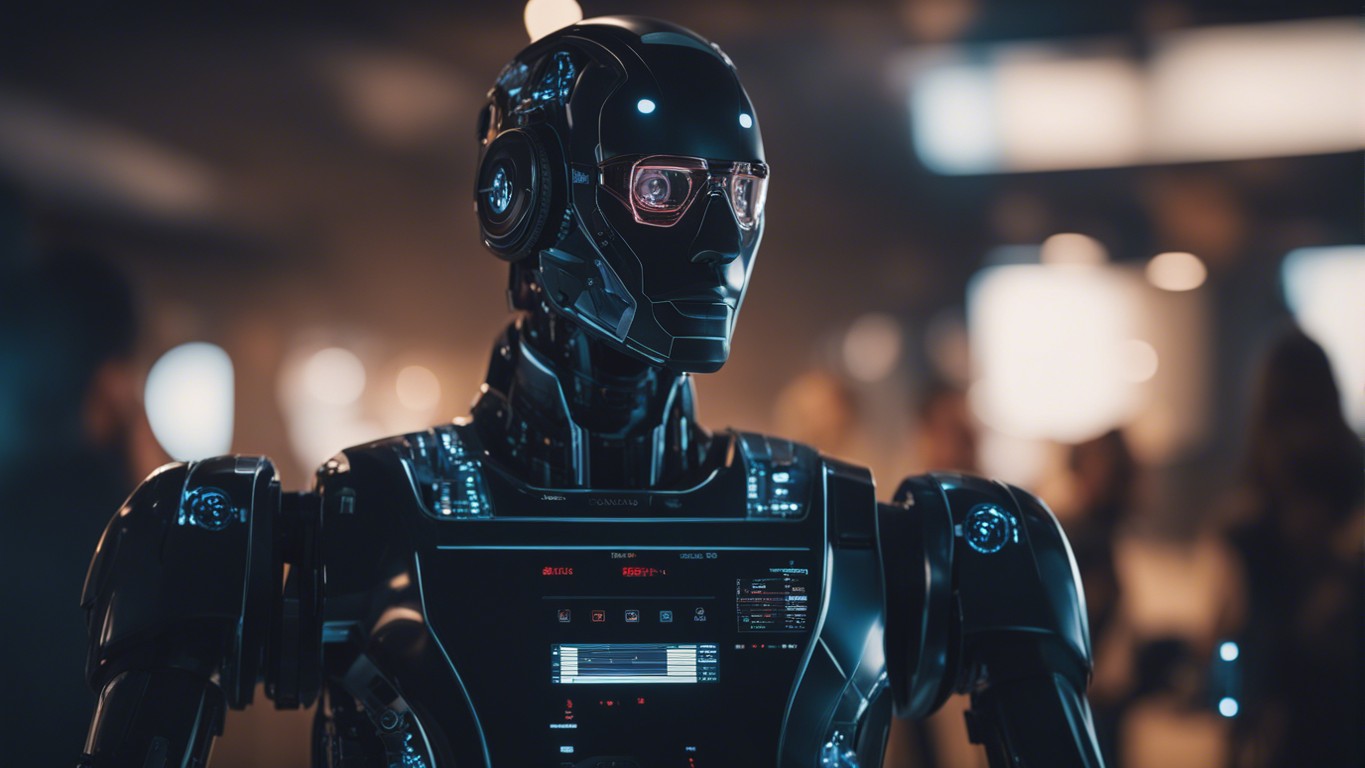The future of artificial intelligence (AI) is poised to make a groundbreaking shift, according to Mustafa Suleyman, co-founder of DeepMind. Suleyman, who played a pivotal role in Google’s $500 million acquisition of DeepMind in 2014, believes that the current generation of generative AI tools, such as ChatGPT, will soon be overshadowed by what he calls “interactive artificial intelligence”. This new wave of AI tools will not only provide information but also carry out tasks and services on behalf of users, marking a monumental step forward for our species.
Suleyman explains that the first wave of AI focused on classification, demonstrating that computers could be trained to classify various types of input data, such as images, video, audio, and language. The next wave, which we are currently experiencing, is the generative phase, where algorithms can generate new data based on the input received. However, Suleyman believes that the future lies in the third wave of interactive AI. He states, “That’s why I’ve bet for a long time that conversation is the future interface. You know, instead of just clicking on buttons and typing, you’re going to talk to your AI.”
So, what does interactive AI offer that previous generations do not? Suleyman envisions a future where users can simply ask their AI to perform tasks for them, and the AI will initiate conversations with other people or interact with other AI systems to get the job done. This development marks a significant change in the capabilities of technology. Suleyman emphasizes, “It’s a very, very profound moment in the history of technology that I think many people underestimate. Technology today is static. It does, roughly speaking, what you tell it to do. But now technology is going to be animated. It’s going to have the potential freedom, if you give it, to take actions.”
Despite the promise of interactive AI, concerns about giving artificial intelligence autonomy naturally arise. Suleyman acknowledges the importance of setting boundaries for this technology and ensuring that it is aligned with human interests. In fact, during his time at DeepMind, Suleyman and his colleagues developed a safety measure referred to as the “big red button”. This emergency switch serves as a fail-safe to shut down any misbehaving AI or override its actions to prevent irreversible consequences. Their research paper, ‘Safely Interruptible Agents’, outlined this approach to mitigate risks involving rogue AI.
As the development of interactive artificial intelligence gains momentum, it is crucial to address the ethical implications and establish safeguards to protect both individuals and society as a whole. Suleyman’s insights and expertise in the field provide valuable guidance in navigating this uncharted territory. The future of AI is not just about passive interactions but active engagement, opening exciting new possibilities for technology and humanity alike.





Use the share button below if you liked it.